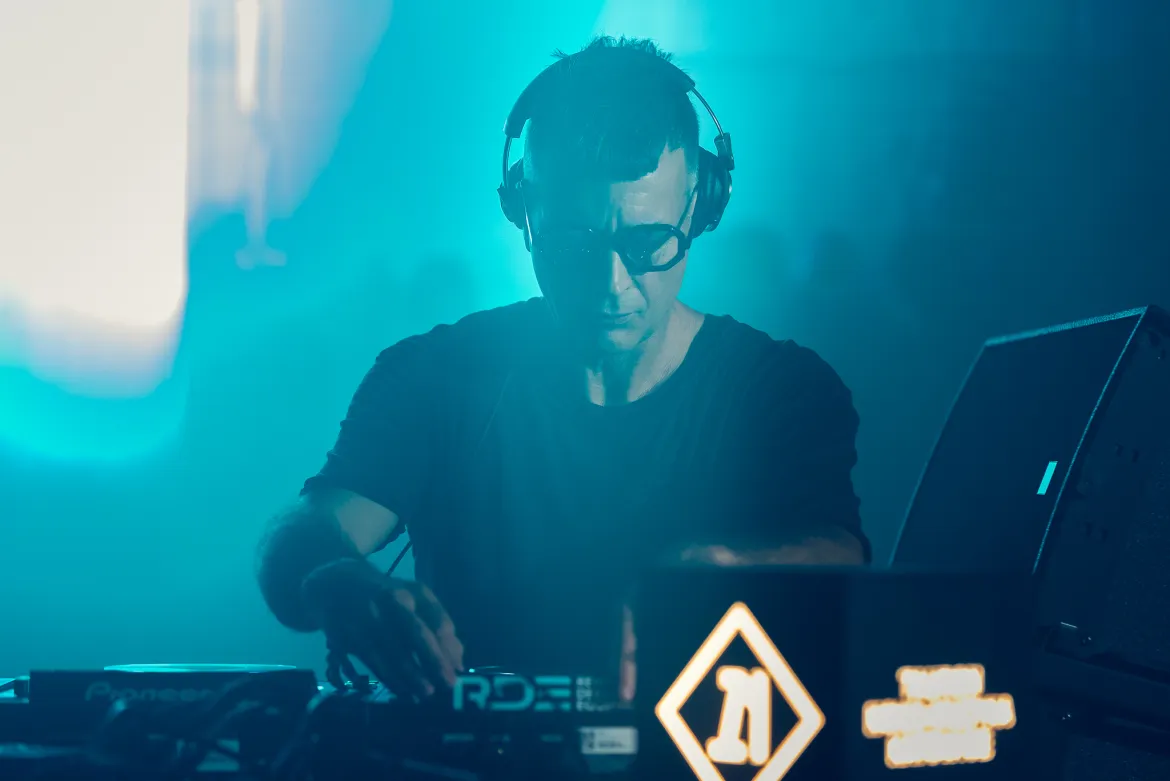When I chat with new producers and tell them that everything comes from the 80s, they say “No, it’s impossible,” until I show them how… (Dino Sabatini)
Contents
1. Portrayal
2. Top 3 of the artist’s music
3. Two mixes you shouldn’t miss
4. Interview on a selected topic
5. Links
FAMILY SPIRIT
Let’s take up a challenge, by introducing Dino Sabatini without using the words “legend”, “pioneer”, “godfather” and “hypnotic techno”.
So… Dino Sabatini is a legend, pioneer and godfather of the Italian hypnotic techno and… OH NOOO, CHALLENGE FAILED!!!! 😳🫣🤷♂️
It’s of course a lot subtler than that. The Italian stalwart didn’t wake up one day saying “Let’s create a new musical aesthetic.” Like all of us, he’s swimming in an ocean of music genres – in his case; techno, trip-hop, ambient, tribal, blues, rock, metal, jazz, folk, and classical even – which have all inspired and nourished his creative mind. Let’s not forget also that his first official releases are the result of a collaboration between Laertes and him: both friends, under the moniker “Modern Heads”, made their major discoveries together in the studio. Finally, if Dino Sabatini’s first groundbreaking LP “Shaman’s Paths” undoubtedly set important foundations for the Italian hypnotic techno school, his second LP, “Omonimo“, left a bit of the tribal evocations to explore more melodic structures, showing that the maestro is not enclosed in just one style.
Then why is he such a hypnotic techno legend?
Firstly, he belongs to the family of great creators, those who inspire others, if not being outright copied by others. Secondly, he has been in the game for ages, witnessing house music’s propagation in the past century and evolving through numerous musical experiences and collaborations. Thirdly, behind his wide artistic world, he’s also a genius on the gear, already familiar with the TR-808 at only twelve years old… Having experience, high artistic skills and expertise in music tools are great ingredients to cook the immense tracks we all know…
But what makes him “a true legend”, for us, is how kind, humble and passionate he is, next to his sonic expertise. This is particularly obvious when chatting with him. Lately, we were for instance discussing his recent release “Opera Quattro” when he commented on the fourth track “Ego Experior“: “Coming from the trip-hop era, I love what the guitar sound can bring to electronic music. In the fourth track, I tried to integrate some guitar notes that I have played and processed, and I am now considering doing it more often in my productions. It’s fascinating for me, because with a guitar, you can get different kinds of strange trippy vibes. I like to use sequencers and synths, and could build similar sounds thanks to them, but they will never be as great as when using the real guitar. I’m however not totally confident about this direction, I’m not sure if people will enjoy it.”
The track is beautiful, objectively impeccably designed, including a globally barely perceptible guitar sound, adding subtle psychedelia to the storytelling, but well, “he is not sure if people will enjoy it.” This small example is eventually a hint of his natural humility, yet this aspect of his personality, added to his contagious kindness and passion, is well-known in the scene. Anyone who works in the studio with the duo Laertes-Sabatini, from Donato Dozzy to Cio D’Or, always ends up complimenting the two lads’ pure and warm souls. Sabatini, Laertes, and also Claudio PRC, Deepbass, Feral and Ness, belong to a very luminous guild of artists beloved by our community partly for that: an incommensurable gentleness that can be sensed in their comforting music.
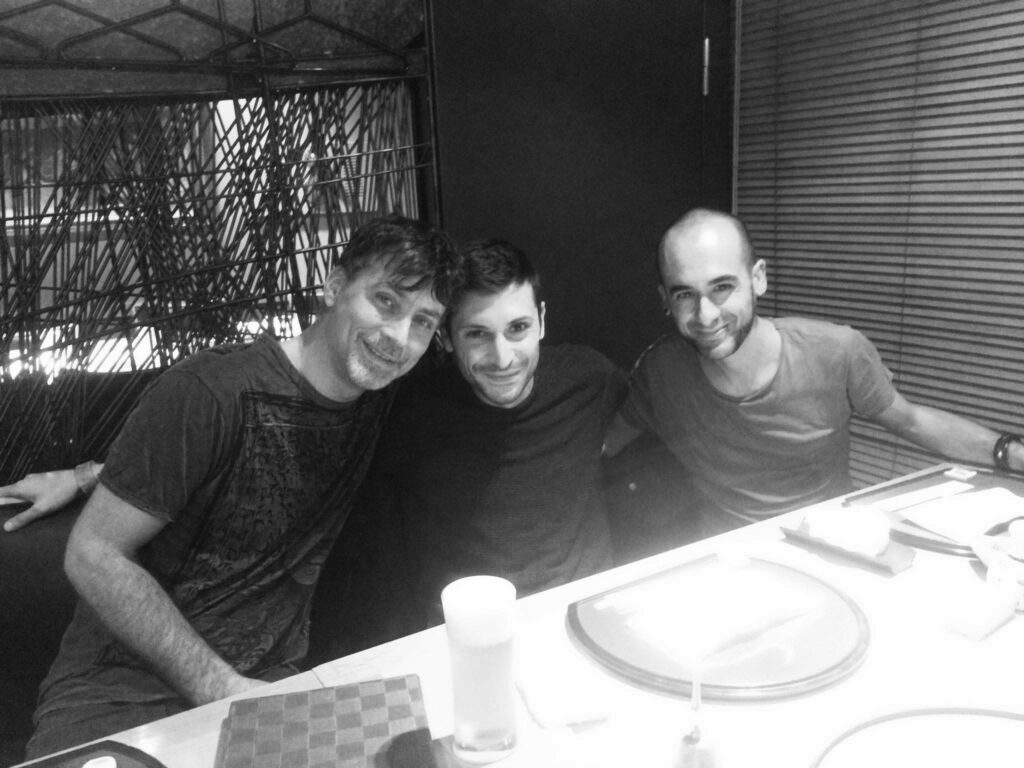
For Sabatini, the very first connection to techno came around 1996 during a rave party in a stadium near Rome called “Palaghiaccio di Marino”. A certain Lory D was playing; Sabatini remembered: “Watching Lory D made me start listening to techno, because techno with Lory D “was cool”. Before, in 1995, techno was too hard to interest me, while with Lory D, “it started to make sense”. He had a different concept of DJing: he could play anything, with a very good musical sense, and as a DMC champion, he was also able to scratch. After his performance, I tried to find similar music, but it was not easy back then.”
If Lory D never really stuck to one genre, he’s considered a pioneer of Italian deep techno. He was mainly inspired by artists such as Underground Resistance, which was at that time ruling the underground sphere with its stripped-down techno, and in a more intimate way, by Rome’s dark and beautiful streets at night, as mentioned in his biography. Lory D met Leo Anibaldi in 1991, and together in a garage, they created “The Sound of Rome”, which fuelled a whole alternative music movement in Italy, before reaching Sabatini’s ears. Anibaldi and Sabatini have in common their will to start producing in front of the lack of underground electronic music available in the city. However, for Sabatini, it gradually slid from guitar music, partly thanks to a talented musician, a certain Gianluca Meloni AKA Laertes…
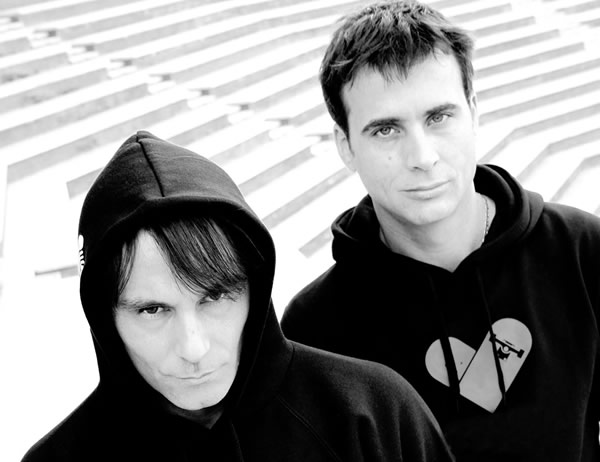
Sabatini shared the story: “The first time I met Gianluca was when I was a guitarist. I was looking for someone capable of playing synths to differ from the classic piano/guitar combo. I found him by the drummer I was playing with, Gino Ferrara. He told me that Gianluca was very skilled with synths. So I told him I wanted to meet him because I was looking to form a band mixing electronic music and rock. Our first sounds were bizarre at that moment; very experimental. We started to play in clubs in Rome under the name Enveloop, and people were curious about our music, which, unlike the usual live bands, was only made with machines and ultimately sounded pretty new back then. This is how my wife came up with the idea of “Modern Heads” to call our duo, at a time when Gianluca and I wanted to focus on electronic music only and opened a studio together.”
The duo was first working with reduced gear: a few synths, a drum machine, a sampler and nothing more. While covering this topic, Sabatini provided a glimpse into the history of synthesizers: “Before the 80s, synths were analogue, large, heavy and difficult to access. The first one I listened to was a modular Moog played by Keith Emerson in the track “Lucky Man“. Then, the Yamaha DX7 came as big news for the masses, because it was accessible to all, and most importantly, portable. It was just a keyboard with some buttons and a couple of sliders for Volume and Data Entry, 32 memory sounds, but equipped with cartridge expansion and a Floppy Disk in the Mk2 model, allowing to save the sounds as presets and recall them. This has been a huge evolution. It wasn’t easy to program but it was possible to make cool sounds, using synthesis in frequency modulation (actually a phase modulation). Many artists started using it: Van Halen, Brian Eno, Depeche Mode, Jean Michel Jarre, Kraftwerk, just to name a few.”
A version of Nine Inch Nails’s “Closer” where Reznor doesn’t destroy the DX7.
Together, Laertes and Sabatini lived the revolution of MIDI technology, a “game changer” for Sabatini, as he explained: “The DX7 was also revolutionary for the MIDI technology. MIDI – which stands for “Musician Instrument Digital Interface” – is a direct connection between the musician and the digital machine. Thanks to it, artists from all over the world have been able “to talk with a computer”, and today, we are doing techno – and not only techno – in a much easier way thanks to this revolution, which started in the 80s. Gianluca was already speaking the “MIDI language” when we met, with his synths, a Roland JP 8080 and a sampler AKAI S6000. This technology brought us then to DAWs, Cubasis and Reason in particular, which, unlike Ableton back then, were both equipped with the MIDI control (Ableton started to have it from its second release).”
When chatting with Sabatini, the conversation often moves towards the gear, because, as illustrated above, he’s deeply “a machine lover”, a common point that he has with Donato Dozzy. Both artists are unbeatable on the topic. It is worth mentioning that Italy has a very honourable history of synth manufacturing, with underground brands that nobody talked about while being cutting-edge technology, somewhat in the image of our niche hypnotic techno. There was for instance the mythic CRB Uranus 2, produced in the Marche Region in the late 70s and presented today in a little local museum of synth lovers, called the Museo Del Synth Marchigiano. We imagine Sabatini finding a home in this place, or at least, he embodies its culture of excellence, at the same time underground and nostalgic.
In 2006, Sabatini and Laertes released their first official single as Modern Heads, featuring a version from Donato Dozzy, on the mythic label Elettronica Romana. Sabatini came back to this important life episode: “After having produced a track, we decided to bring it to Freddy K, who was working at Re-mix shop. Two days later, Re-mix’s owner Sandro Maria Nasonte called, saying he enjoyed the sound and wanted to release it. Gianluca and I were thrilled. We went to the shop, where Sandro suggested that we meet a guy named Donato Dozzy. After two weeks, he came to our studio and we started to make music together. This is how our first release took shape. Elettronica Romana and its artists, from Donato and Brando [Ed: Brando Lupi] to Giorgio [Ed: Giorgio Gigli], became our family, and Re-mix our home. To a certain extent, we requested at one point to move our studio to the shop: it was perfect, as Sandro was looking for someone to manage the label’s studio. Those were magical years for us: everybody was full of energy, and we knew that different music would come out. It was like a dream.”
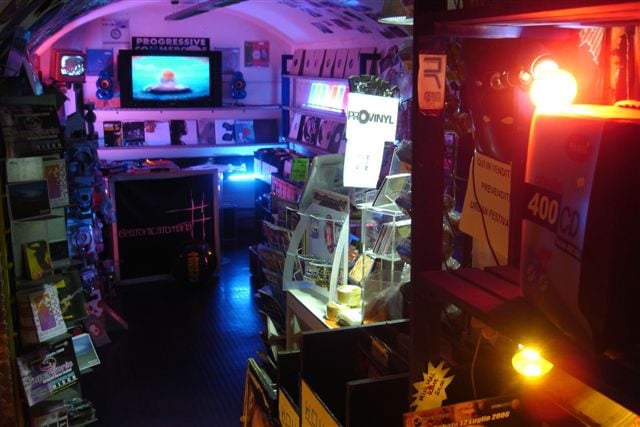
Launched in 2004 with a single by Dozzy and Gigli, Elettronica Romana was special for being run by Re-mix, the only record shop in Rome where techno could be found, and also the home of Lory D’s label SNS, Italy’s very first underground electronic music imprint, established from 1991 to 1999. Following Lory D’s legacy, Elettronica Romana cooked nothing less than the foundations of the Italian hypnotic techno: more specifically, the structure of it, made of minimal beats and subtle synth arpeggios. In parallel with Elettronica Romana, on Dozzy’s nascent imprints Orange Groove and Dozzy Records, the sound became globally darker, with a higher emphasis on the bassline. Atmospheric envelopes started to appear on sparse releases, such as in “Excavations EP” by Mike Parker and Dozzy, and “Time Out The Gap EP” by the latter. Modern Heads followed the movement at that moment. Yet we have to wait for the emergence of Tom Bonaty’s label Prologue to have the full spectrum of the Italian atmospheric hypnotic techno, whose first release was signed in 2008 by Dino Sabatini in person; his first solo work…
He smiled: “Prologue has been a very nice story. I did a track which I uploaded on MySpace back then. After one week, I received a call from Tom, who mentioned his desire to use the track for a first EP, the first vinyl record to launch his label. We discussed the project together, and I accepted: I enjoyed the concept, which was very close to Elettronica Romana’s, already defunct at that time. It was like a logical follow-up, and it didn’t take very long to grow a nice friendship with Tom. It made me move to Berlin in the mid-2000s, the occasion to meet Prologue’s family. We became all very close.” Then, evoking Cio d’Or in particular: “She’s like a sister to me, she’s very cute, with genuine character. Just before a Prologue night in Berlin, I remember that she was very nervous. To help her unwind and relax, I offered her some tea and suggested that she try her mix before our slot, which was at 6 AM. Musically, she’s amazing. I love her.”

In 2012, two ground-breaking albums came out on Prologue: “Voices From The Lake” by Dozzy and Neel, illustrating a forestal lake near the 2011 Labyrinth Festival edition, and “Shaman’s Paths” by Sabatini, inspired by tribal music he was listening to during a tour in the Pacific Ocean. The revolutionary side of these two albums lies in their ability to convert sound into “tangible substance”, by screening instant visual landscapes to the mind, and technically, by mixing two effects usually separated: the alienating hypnosis from the repetition and the trippy effect from the peaceful atmospheres. Through their combination, the two musical forces mutually boost each other, giving a high musical exhilaration to the listeners, and representing the essence of the Italian deep techno transposed to the chill-out culture. From its intelligent and appeasing art, it is music for the brain, and from its deep ritualistic talk and magnetic primitive accents, it is music for the heart. The bewitchment from the angel voices and shamanic whispers keeps on absorbing one decade later, as an ode to timeless music, luminous and meaningful.
In parallel in 2011, Sabatini launched his own label, Outis Music, drawing inspiration from Homer’s poem “The Odyssey”. The Italian creative explained: “Apart from the dramaturgic taste of the name itself which is taken from a passage of the poem, “The Odyssey” is a surreal story full of passion, love and disillusion, also based on the return home. In 2011, I was living in Berlin and really missed my family and my land. Let’s say that I felt all of these emotions close to the sounds I was looking for and I was very attracted to the name. It means “nobody” and really suited the way I was.” Then, on the creation of the label itself: “I just wanted to have my own imprint outside of Prologue to release more music and be a bit more free on the vision. I launched it with an EP containing two of my tracks, then, right after, I invited my mate Gianluca, before also including close friends such as Giorgio, Tony [Ed: Edit Select] and Donato. Finally, when I started to work on the promotion, I extended the invitation to a wider range of artists to enhance the label’s visibility.”
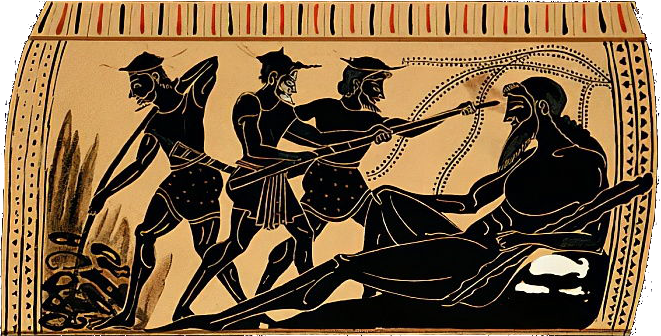
Among the artists: Claudio PRC, Ness and Luigi Tozzi, relatively unknown at that moment. Sabatini circled back to how they met: “Claudio is like a son to me. I first came across his name through Elettronica Romana, but we met for the first time in Sardegna (Sardinia). He was very young. I was playing in a strange project with Antonello Salis on the keyboard and accordion and Roberto Bellatalla on the double bass, an intriguing blend of jazz and electronic music. Claudio was there listening, while being a kid really. Then, we met again in Berlin during the inaugural Prologue night and later in Sardegna again, where he invited me to perform. I got to know Ness thanks to Claudio: they released an EP on Outis together as TGP. They are both like sons, very talented and holding a special place in my heart. I’m happy because they are the future of techno music, and they are following what we did. As for Luigi, our first collaboration came on Outis with “Calipso” and it has also been a pleasure. Not only because he’s Luigi, but also because it’s really enjoyable to work alongside him. Back then, he wasn’t famous at all, and that caused a bunch of issues with distribution. First, they asked for 150 copies of Luigi Tozzi’s music, but being sure of his talent, I turned them down. Then, two weeks later, they came back asking for 500 copies… It confirmed my will to work only with people I’m sure of and only based on their talent. This is how Crossing Avenue joined my project later with an EP. I think the duo of artists are among the world’s best. I love how they fuse techno and Pizzica Tarantata [Ed: a traditional music genre from South Italy]. Seeing all these artists contribute to my label fills me with a deep sense of pride.”
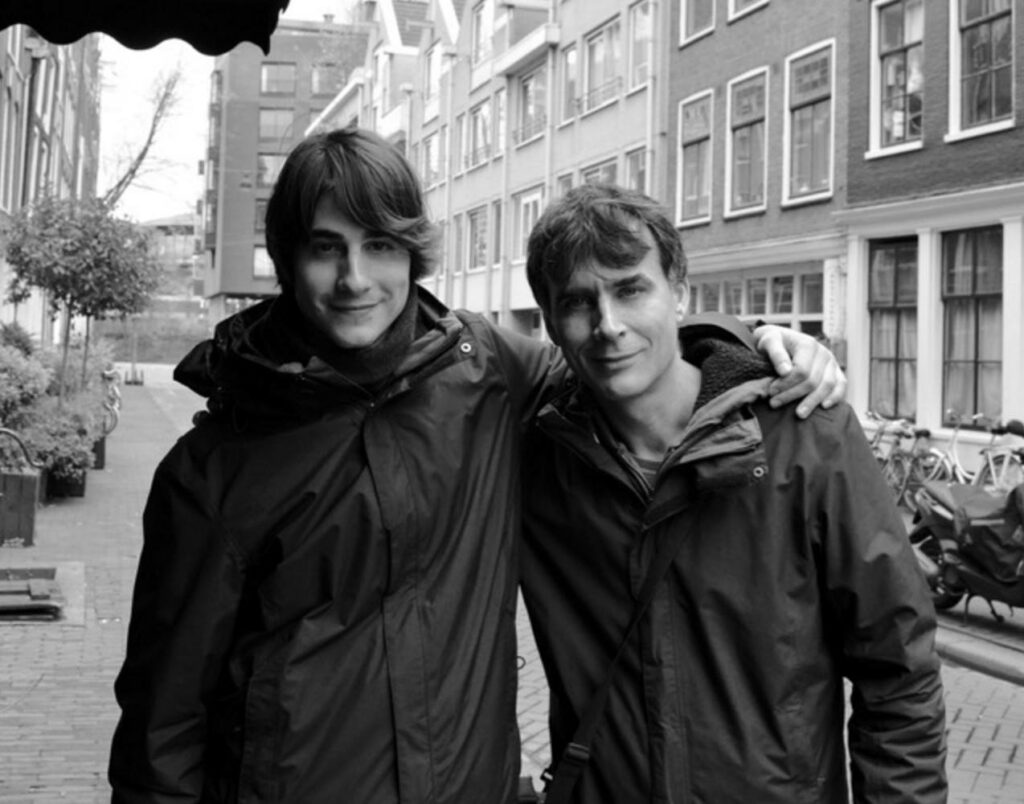
In 2016, Sabatini established the sub-label “Opera” under Outis, to present his non-hypnotic techno music. The debut of this venture was marked by the release of his second groundbreaking album “Omonimo“, as he explains: “”Omonimo” has been an experiment, a first step. I wanted to create a fusion of trip-hop and techno. It was a challenge. Many people perceive me solely as a techno artist. Therefore, transitioning from techno to trip-hop required a delicate equilibrium. This is precisely why I chose to focus on instrumental trip-hop.”
Sabatini’s extensive experience and profound expertise across so many musical genres let us dream of having him as a music mentor… Fortunately for the producers, he embarked on such a career in 2022 during the pandemic crisis, and once over, he remained dedicated to it, driven by his passion for music and his pleasure in sharing it with others. Today, he proposes three distinct music teaching programs: an online course and two face-to-face options in Rome, one at a private school called “Electronic Music Division” and one directly in his studio.
An adage suggests that creative people are unafraid to embrace risks, are always eager to experiment and thrive in collaborations. Sabatini’s musical approach reunites these three ingredients. He frequently ventures beyond his comfort zone, displaying little interest in imitating the productions of others or even his own, the machines have almost no secret for his technical smartness and he represents a long story of collaborations, including many that we didn’t mention, from Stroboscopic Artefacts to Affin to Northallsen Records.
Thank you, dear Dino, from the bottom of our hearts, for your meaningful music…
OUR TOP 3 OF DINO SABATINI’ MUSIC
Chart established from his first release until the publishing of this review, in November 2022.
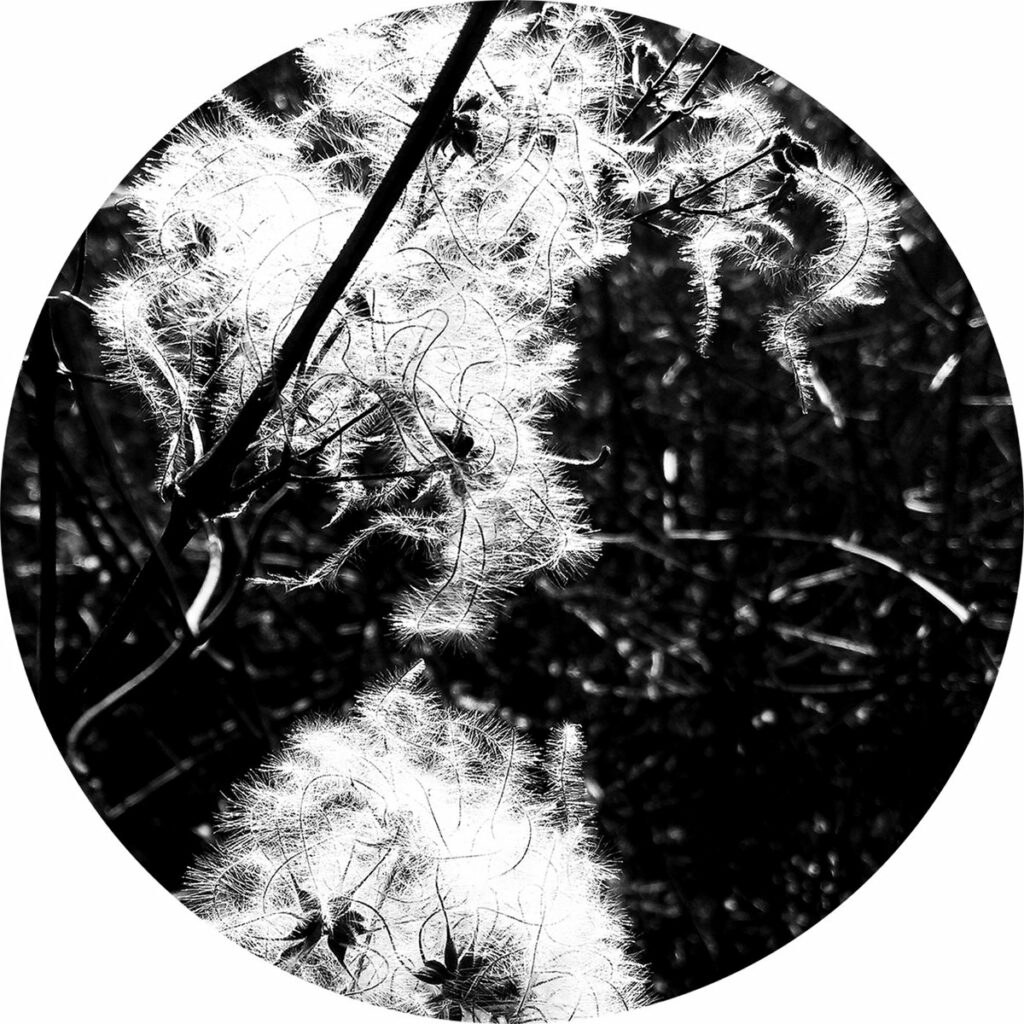
#3
Joachim Spieth – Dispersion (Dino Sabatini Rework) [Affin, 2018]
“Irradiance” has been an important milestone in the evolution of Joachim Spieth in 2017, for himself, his label and his audience. After the deluge of dope tracks, it has been a great surprise for us to extend the pleasure one year later with “Irradiance Reworked“, containing remixes from deep techno legends: Polar Inertia, Chptr, Evigt Mörker and Dino Sabatini. Yes. Together. In one release.
In this project, the Italian maestro also demonstrated his exceptional skills as a remixer. He distanced himself from the epic original version while still leaving a subtle hint of its essence, to deliver a very catchy and charismatic track. With its memorable affirmed sonic signature, the well-dosed roaring acid line sets the trippy mood for the dance floor, while the hypnotic groove keeps on rolling wave after wave beyond the track’s conclusion.
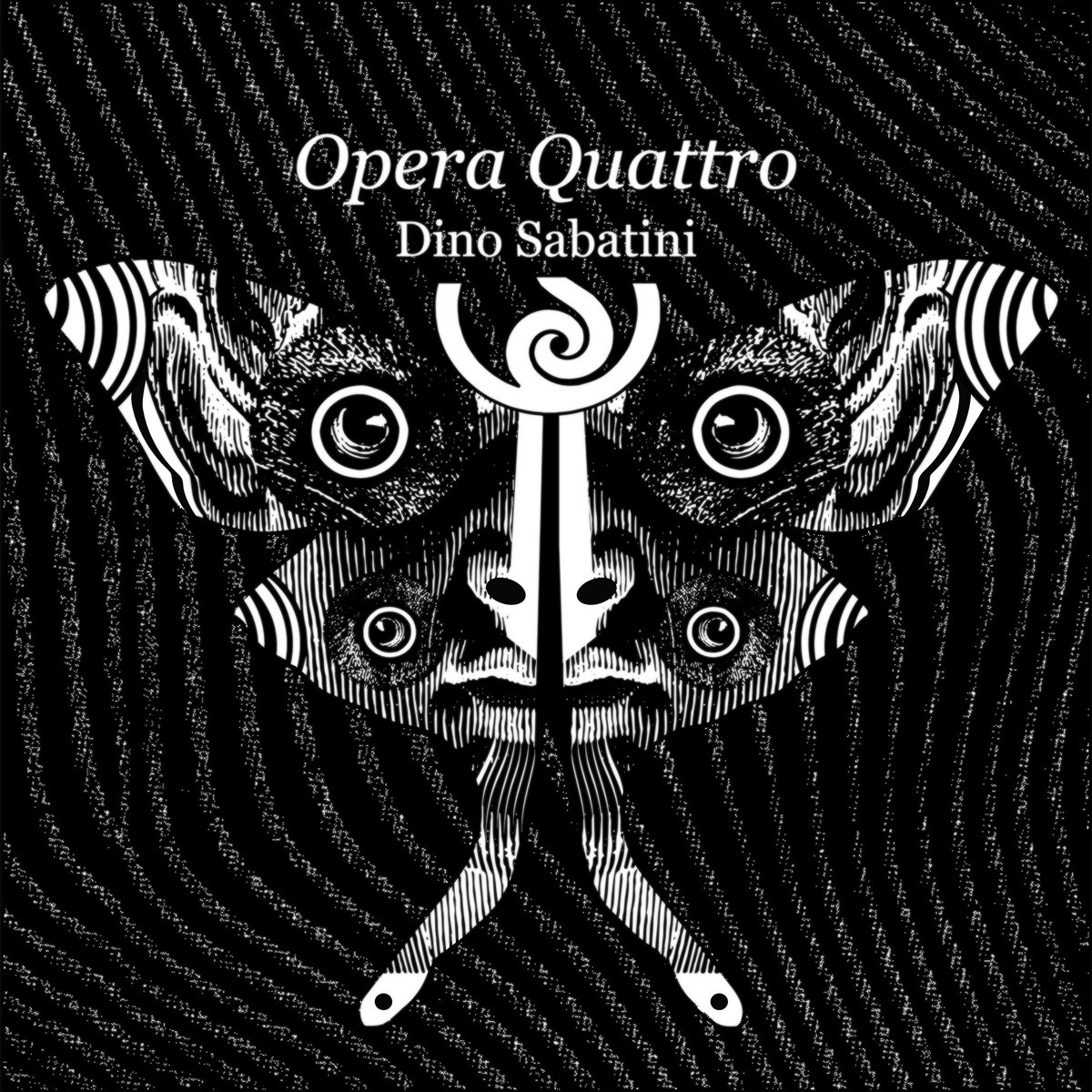
#2
Dino Sabatini – Plena Lunae
[Outis Music, 2023]
A humble track, without artifice, without fame, that some would eventually replace on the podium by so many monumental pieces from the maestro, yet we persist in this choice. And now, we have to explain why. For many years that we’ve been following the Italian stalwart, musically and humanly, we came to the irremediable conclusion that “Plena Lunae” (“Full Moon”) IS Dino Sabatini.
He’s a humble character, authentic, not as famous as what his exceptional talent should make him become. He reflects his light to us, like the “full moon”. He’s a son of trip-hop, which he updates, trapped somewhere between nostalgia and modernity. He’s a master of sound design: “Plena Lunae” is crystal clear, modern from its minimalism, hypnotic from its efficient repetition. He’s a fine musician: the piece is subtly melodious… “Opera Quattro“, from which the track is issued, is a mature composition. In 2023, his forever mate Laertes reached a similar maturity, in a prodigious release that went under the radar: “Oscure Presenze“, also highly worth checking out. Today, atop their long career and experience, the two friends are into musical “haute couture”, no matter what they release…
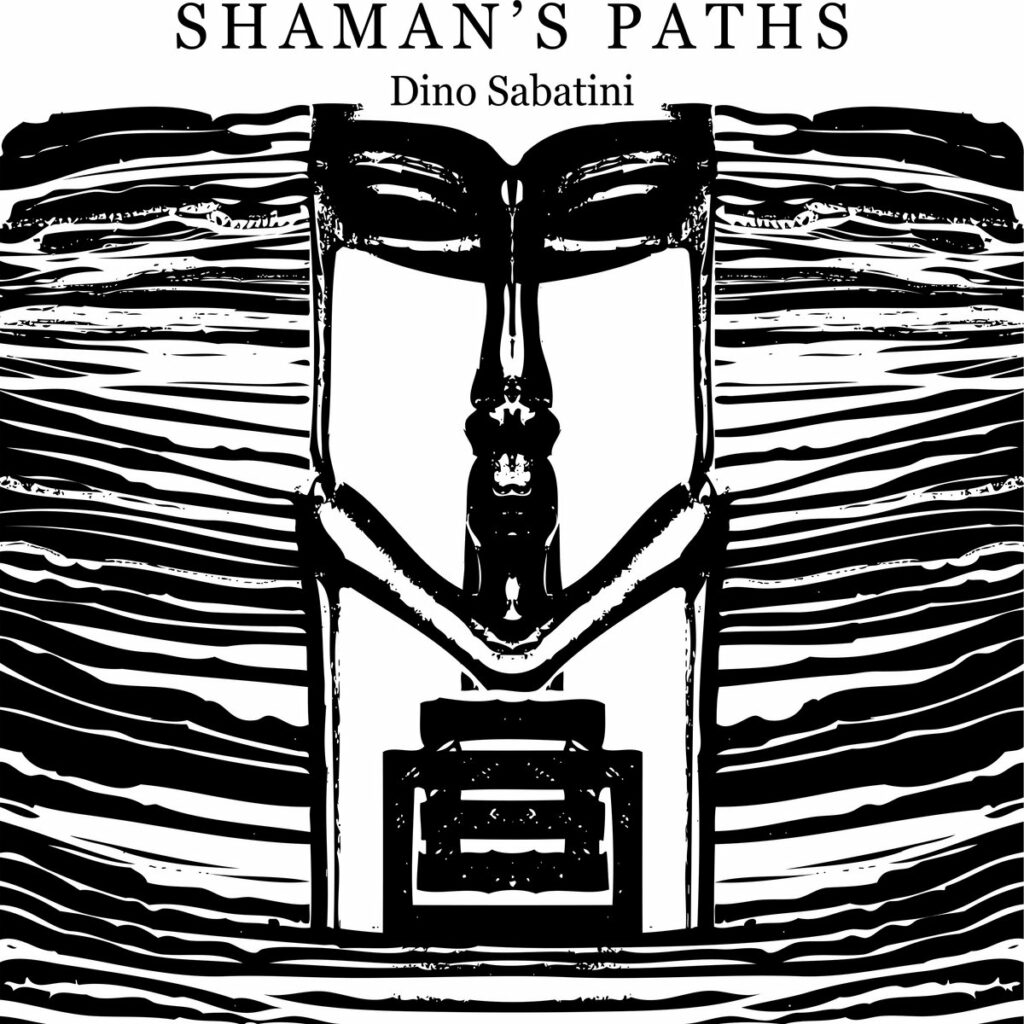
#1
Dino Sabatini – Trance State
[Prologue in 2012, re-issued on Outis in 2018]
No, it is inconceivable that we do not place a track from the iconic album “Shaman’s Paths” at the forefront of our ranking. In fact, many pieces from this album could take the top position. Prologue’s owner Tom Bonaty favourited “Vision Quest“, “Totem” and “Which Witch“, a view that is globally shared in the scene: In a survey within our Facebook group, our community favourited “Vision Quest“, while Sabatini, on his side, mentioned “Totem” as his most successful piece. “White Witch” has been also widely popularised in forums and articles, including for having been inspired by a dancer. Our own choice, “Trance State“, is therefore not very objectively defendable. We selected it because it makes us see the spirits…
TWO MIXES YOU SHOULDN’T MISS
For the first time in our series of “Zoom On” articles, we selected not one, but two worthy mixes, two live sets in fact… Ask yourself: what is better than “Shaman’s Paths” or “Omonimo” on Earth? Answer: a continuous mix of each… Sure, Sabatini has crafted other extraordinary sets, including his 2022 groundbreaking filmed live act in Colombia. However, nothing surpasses the sheer brilliance of his masterful albums, translating a spiritual intimacy musically, and connecting our souls in absolute trance. Grab your headphones, and join us around the fire…
INTERVIEW ON A SELECTED TOPIC
Being involved in music teaching, Dino Sabatini agreed to share some production tips.
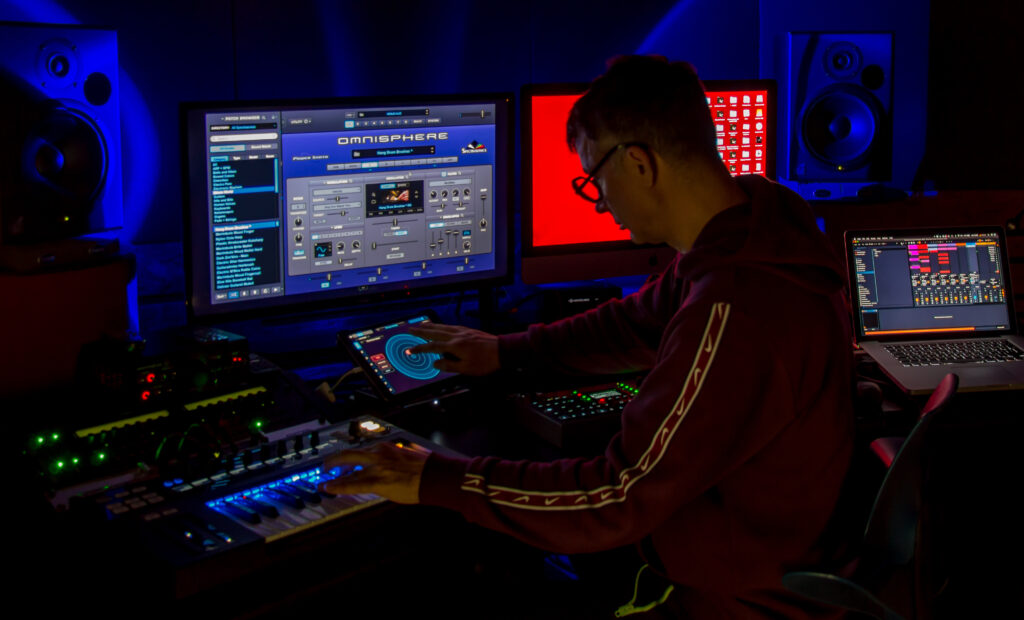
What would you say to someone who dreams of producing but is discouraged from learning how to use music tools?
Dino Sabatini: If you are really passionate, there is no such problem, on the contrary, you would spend all the time you have available to study, inform yourself through any available source, doing this with all the energy you have and without any effort. Real passion is usually stronger than laziness… I’m however aware that at the beginning, it seems a process very long and difficult to understand. It may seem challenging to discern between the multitude of software and machines, but by looking in the right way and above all without getting caught up in the rush, we can make giant steps in a short time.
The first thing I recommend to those who start from scratch is to divide the studying into categories: 1) Analog Audio Chain – 2) AD/DA Sampling – 3) Digital Controls (MIDI) and synthesis. You may also start by using the guides that you will find on the official websites of the major software manufacturers: do not go by chance in the searches for tutorials but always rely on the official sites. For instance, since I’m a nerd and a fan of NI Reaktor, I did some years ago an ensemble which you can download for free here. NI Reaktor’s staff contacted me after that because they liked the idea behind the ensemble, so I got in direct touch with them. A few months ago, I was interviewed privately by them who asked me for a way to make some of their products more accessible to the public, as most people prefer to buy easy-to-use products such as sound libraries for Kontakt or things where you don’t have to program. The question was very interesting and I advised them to push a lot on web education.
Keep in mind that the best software manufacturers such as Ableton, Native Instruments and many others, have made available video tutorials and many other forms of teaching aids, available for free to the public. Just to get an idea of a few: here for NI and here for Ableton. And of course, for anything you don’t understand, don’t forget to read the User Guide…
What are some of the pieces of advice that you share the most often in your courses?
Dino Sabatini: This depends on who my student is, I particularly love teaching beginners because I have the chance to set the right foundation for their future, keep in mind that we are living in a reality where it is easy to gather information that if not explained in the right way can only create confusion, So my advice is to learn from the past first to understand how we got to today’s technology and how to make the most of it. The first question I usually ask a student is: What do you think is a sound? Or the meaning of “sound”… No one has ever been able to answer me, not even the students of higher level have been able to answer this question, and yet this should be the most important principle of physics, that is: why do you hear me when I speak? If to a beginner I would not explain this, it would then be impossible to explain the analogue process and consequently the digitisation of signals via a converter. Regarding advice, I always recommend working on the lesson immediately after this and as soon as you return home to absorb it completely. Then I always advise them not to be ashamed to tell me when they do not understand something about the lesson, because this is absolutely normal.
Do you distinguish different types of producers and if yes, which essential music tools would you recommend to have in the studio for each type?
Dino Sabatini: To date, I can only say this: you need a laptop and then choose your preferred DAW and plugins. Most important is a “good” sound card and if you do not have economic possibilities for a good sound system and a suitable studio room for this, I recommend a good pair of studio headphones (don’t buy them online, always try them first). That way you can do anything.
How to make a track sound “minimal”?
Dino Sabatini: Using a few sounds and focusing on the smallest details of each, making sure to give movement and depth to these through filters, effects and dynamics.
LINKS
DINO SABATINI: Homepage, Facebook, Instagram, SoundCloud, Bandcamp, Discogs, RA
MUSIC LESSONS: Online course, Electronic Music Division, studio course: [email protected].
MODERN HEADS: Facebook, Soundcloud, Discogs, RA
OUTIS MUSIC: Homepage, Facebook, Instagram, Soundcloud, Bandcamp, Discogs, RA
WRITING BY: CEDRIC FINKBEINER | 11 JANUARY 2024

